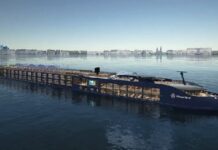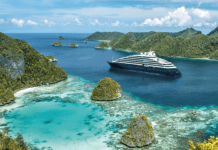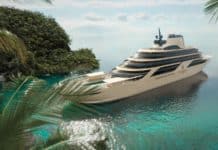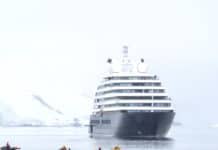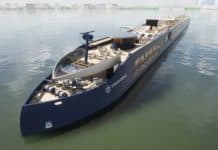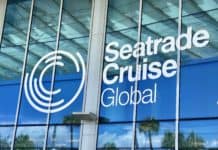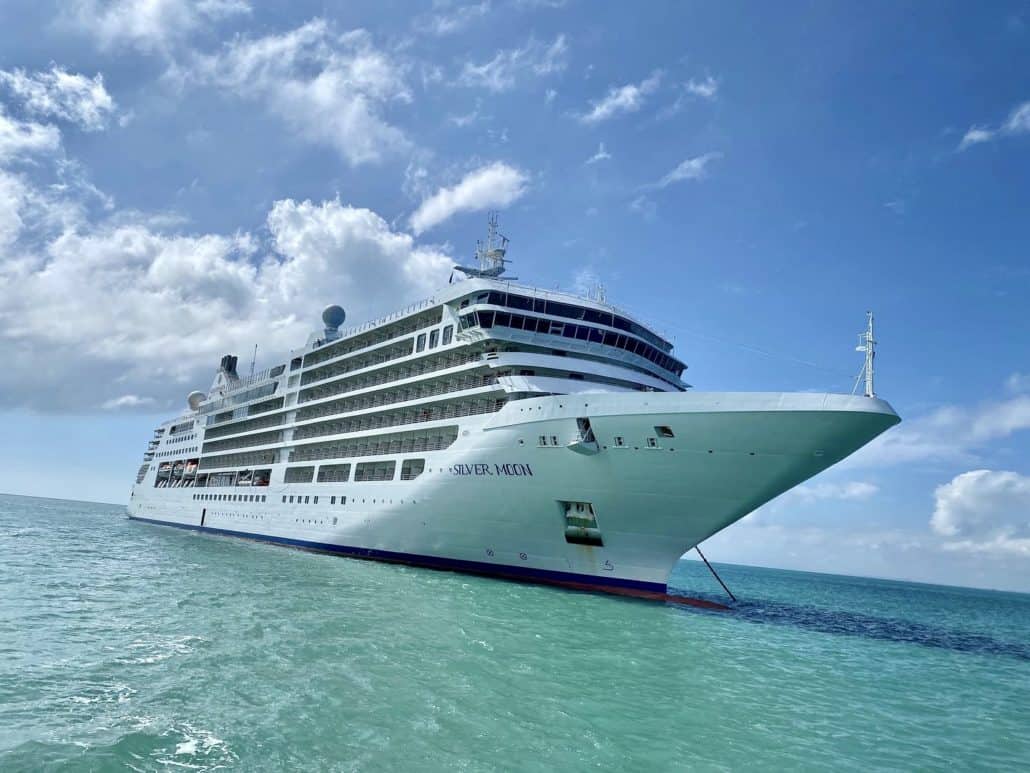 Cruises are rebounding, with tightly controlled health and safety protocols.
Cruises are rebounding, with tightly controlled health and safety protocols.
Cruises are back, with rigorous travel requirements and safety protocols that minimize the risk of COVID infection. On March 14, the CDC lowered its cruise ship COVID-19 Travel Health Notice (THN) from Level 3 to Level 2, down from high risk to moderate risk. The THN for cruise trip travel is primarily based on data from crew testing, with updates posted regularly on the CDC COVID-19 and Cruise Ship Travel site.
My experience on three luxury cruise ships in the past three months—Scenic Eclipse, Silversea Silver Moon, and Viking Venus— suggests that meeting at sea is once again an attractive option for incentive groups. In fact, I felt more protected onboard all of these ships than at home in my Miami high-rise. They all had vaccination requirements, onboard testing, advanced ventilation systems, daily cleaning and sanitation of cabins and onboard surfaces, many contactless sanitation stations, onboard medical personnel and response plans for any who tested positive, and in most cases asked passengers to adhere to masking and physical distancing protocols. They also provided written copies of Covid testing results before the cruise ended, as required by home countries. These protocols change as the constantly shifting virus infection rates change CDC guidelines. I felt confident that the cruise lines I sailed on will continue to follow the science.
While overall health and safety procedures were similar, each of my cruises had different vaccination and testing requirements, in part depending on our embarkation and disembarkation ports. I provided a COVID-negative PCR test result within 72 hours of my Scenic Eclipse Antarctica voyage, roundtrip Argentina. Scenic provided onsite antigen testing in our two arrival cities: Buenos Aires and Ushuaia. We also had testing on our cruise departure day and the option for testing three days earlier. This was offered so that anyone testing positive could comfortably rest in a suite onboard before spending the final days of quarantine required by Argentina in the Patagonian town of Ushuaia.
For my Silver Moon cruise, which departed from Fort Lauderdale, I had complimentary pier-side testing prior to embarkation, testing onboard halfway through the voyage, and a final onboard test—conforming with the requirements of our country of residence—on the day before disembarkation. My butler took my temperature daily. As of March 1, Silversea requires booster shots for all guests whose required time has elapsed since the completion of their primary COVID-19 vaccination series. Silversea continues to closely monitor itineraries to include only low-risk destinations with approved contingency plans and to update its Healthy Return to Sailing information.
Viking also requires a booster shot, certified by VeriFLY. Thanks in part to an innovative onboard PCR lab and required wearing of a contact tracing device, my Viking cruise was the most tightly controlled for Covid infections. I spit saliva into a tube before boarding and each morning before breakfast I handed over another tube to my cabin attendant, filled out a quick health check on my Viking app, and had my temperature checked from a contactless machine when entering the restaurant. Masks were provided in the stateroom and in numerous locations onboard. Among Viking’s rigorous health measures in ocean and expedition ships are sanitization robots that utilize UV-C light to treat surfaces in guest and crew public areas—an industry first, according to Viking’s Health and Safety Program.
You May Also Be Interested In
Dr. Scott Gottlieb on Changing COVID Restrictions
Major Cruise Lines Change Mask Policies
Incentives at Sea: A Look Ahead With Holland America



